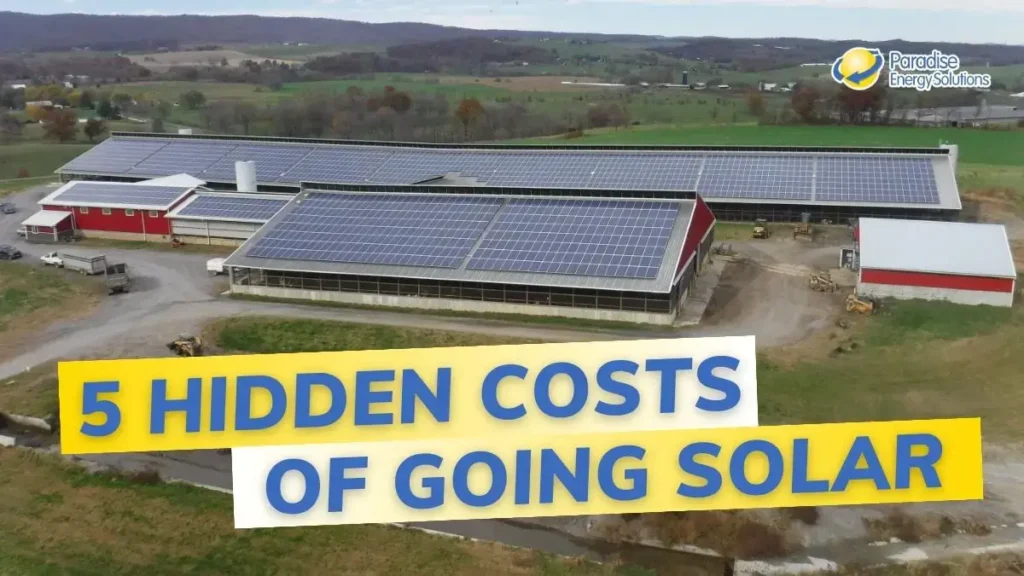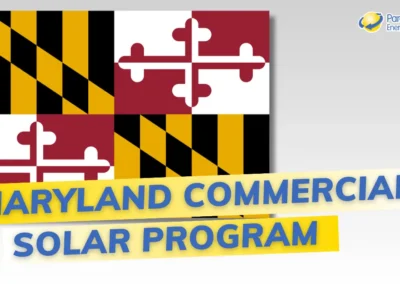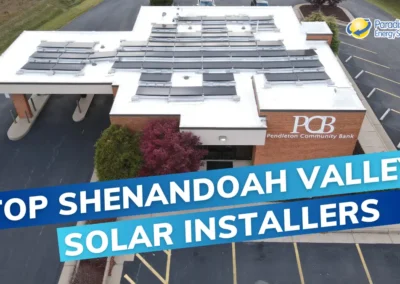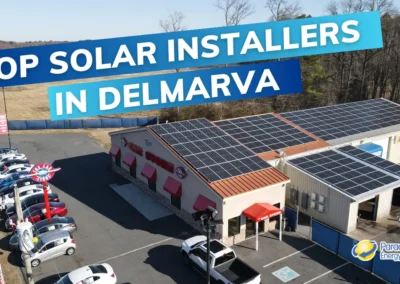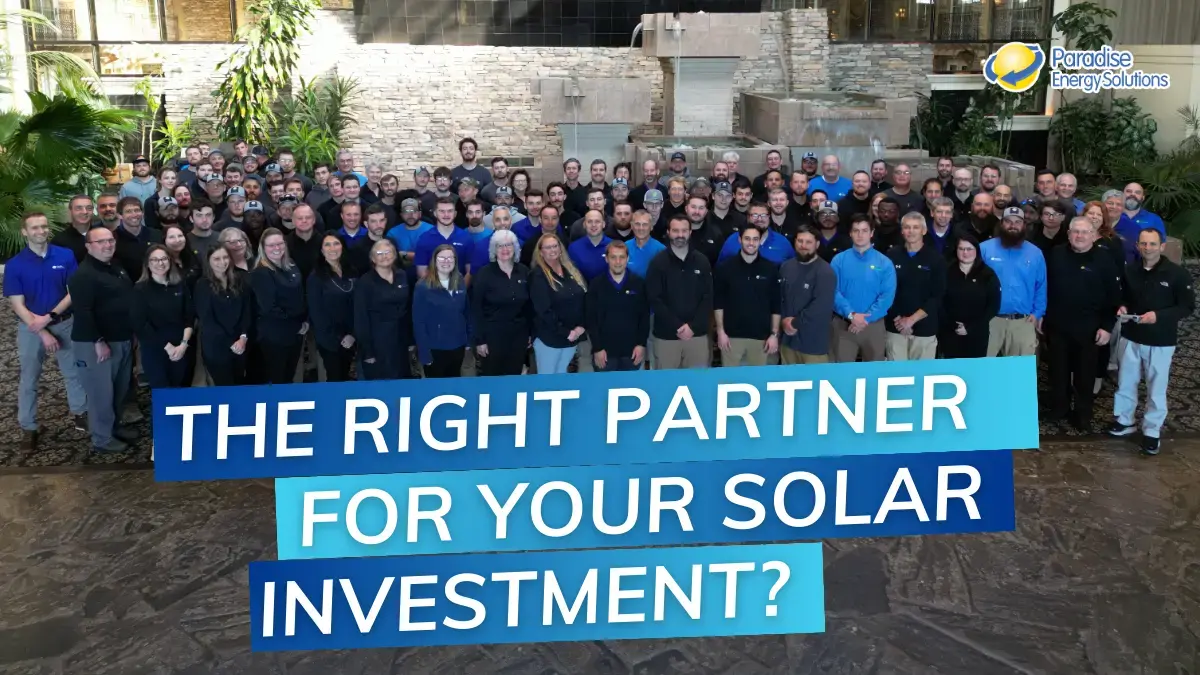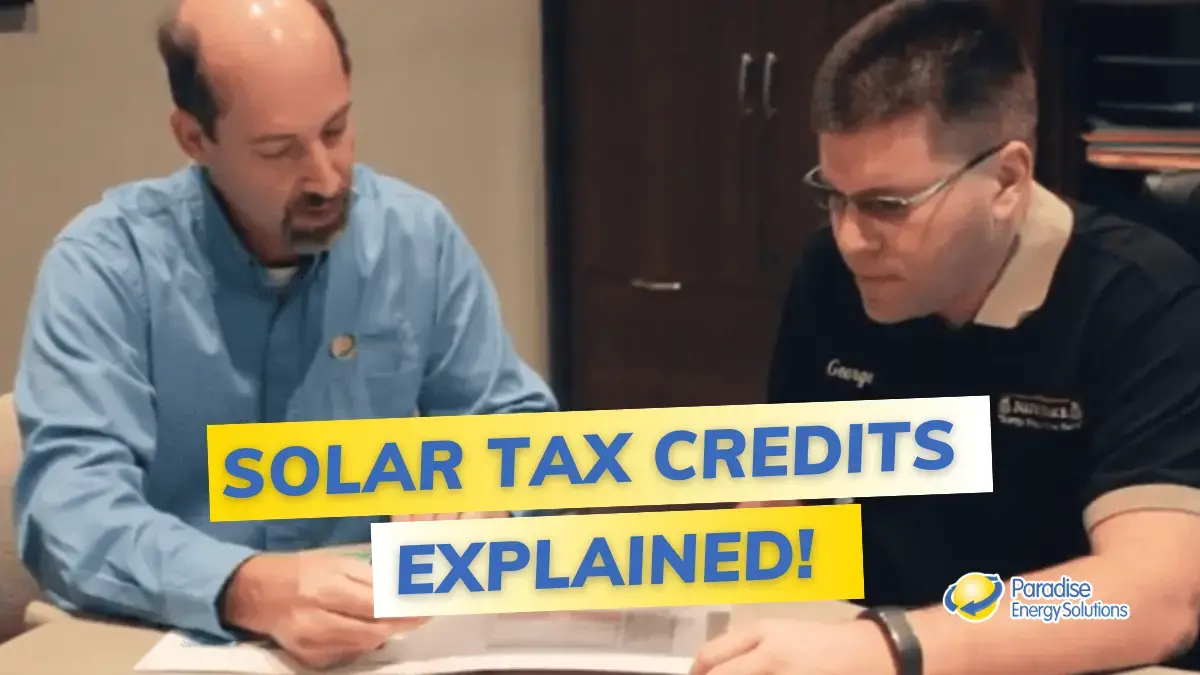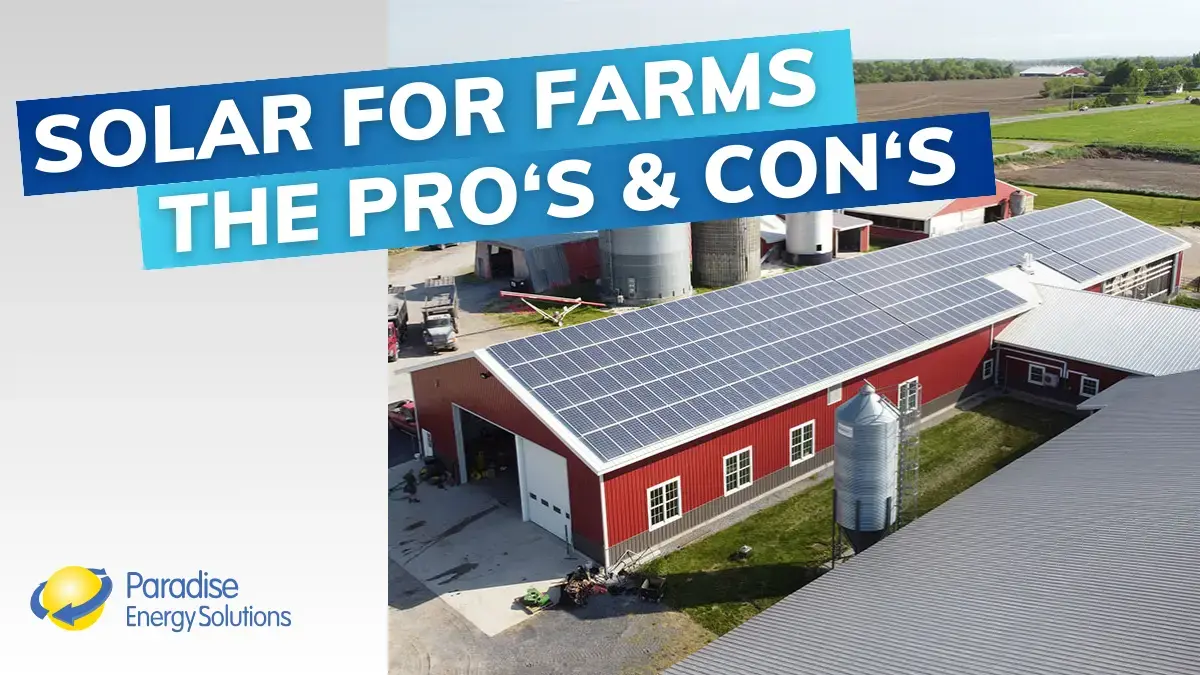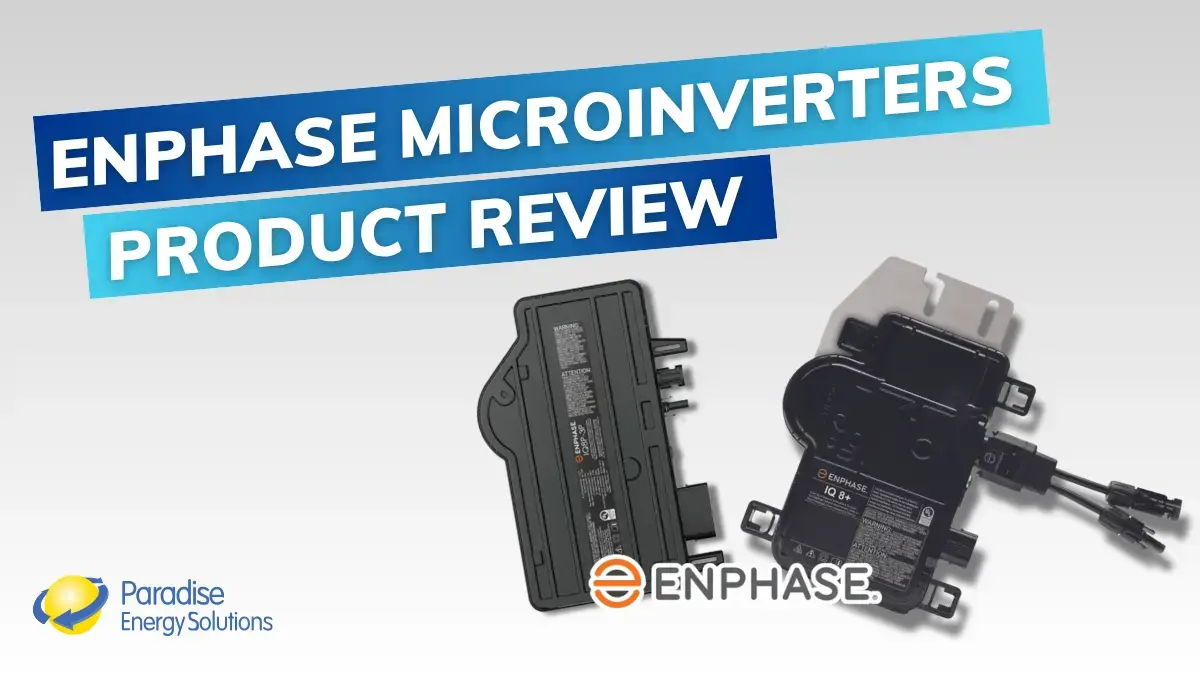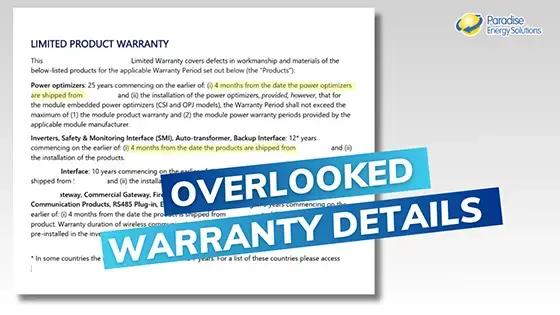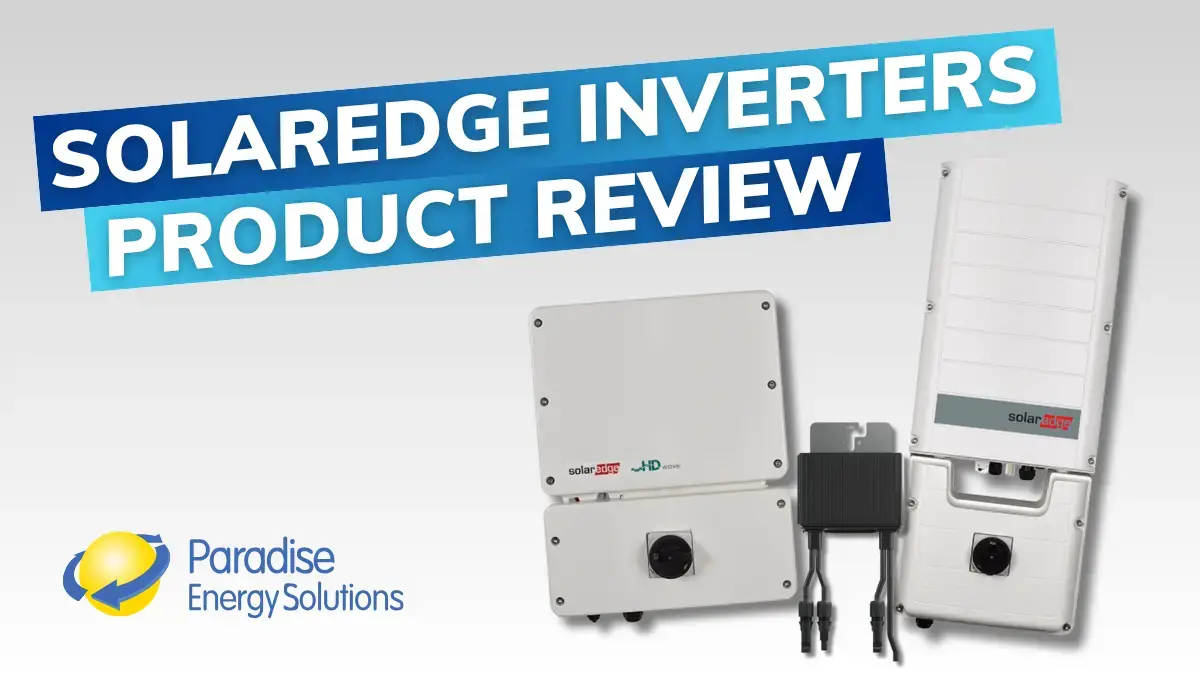Solar energy can be a great financial investment for many. System owners can quickly take control of an ongoing expense and save hundreds and even thousands each month, depending on the amount of electricity they consume.
But there are some ongoing costs associated with solar ownership that can eat into your expected monthly savings. These are common costs in addition to the installation cost that are often buried deep in the fine print of many solar quotes and understandably overlooked by prospective solar owners.
In this blog, we’ve uncovered these seemingly hidden costs to make sure you have the complete picture of what your ROI will look like before making your solar investment.
Solar costs you need to be aware of
Paying For Insurance
Your solar system is a significant investment, and it’s one you’ll want to protect. Depending on the type of equipment you install, your panels could last upwards of 25 to 30 years. While manufacturer and installer warranties offer significant protection and peace of mind, they won’t keep you covered in extreme situations, emergencies, and acts of God. For those, there’s insurance.
It’s recommended that you insure your solar system so your investment stays safe in the unlikely event that it would be damaged during a fire, extremely high winds and severe weather, or even stolen.
Many roof-mounted solar systems will fall under your homeowner’s property insurance because the equipment is permanently affixed to the roof of your home or building. However, the added value of the solar system may require you to increase your coverage, meaning an increase in the monthly premium is possible.
Ground mount or carport systems, however, are not physically attached to your building and may need a separate policy. Either way, it’s best to check with your insurance company to determine how installing a solar system will impact your insurance payments.
In the vast majority of cases, the additional money you’d pay in insurance premiums will pale in comparison to all the money you’ll save by going solar. So while insurance may be a hidden cost, it shouldn’t stop you from making the switch to solar.
Maintenance and Panel Cleaning Costs
Solar panels are a tried and true technology that can operate for decades. With no moving parts, they won’t require any sort of regular maintenance. However, repairs are sometimes needed, and maintenance costs can spring up throughout the years.
Your solar equipment will come with warranties that can last ten to 30 years, depending on the equipment and the manufacturer. These warranties will ensure your solar panels don’t degrade too quickly or can’t stand up to moderate weather. But even if you get a faulty set of panels and receive replacement panels for free from the manufacturer, the manufacturer’s warranty won’t cover the labor to replace the old equipment.
However, if you go solar with Paradise Energy, your system will be backed by our ten-year Triple Ten Guarantee, which does cover any labor needed to replace equipment that falls under the manufacturer warranty (along with system monitoring and a production guarantee backed by our own money).
If you live in an area of the country that experiences a lot of dust and little rain, or if your solar system is located on a farm, you may need to periodically clean your solar panels. To do this correctly, we recommend hiring a professional.
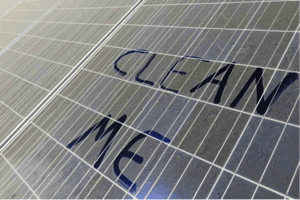 Cleaning your panels yourself could prove dangerous to both you and the solar system, and can potentially void the manufacturer’s warranty. But for most system owners, the rain will be able to wash away the majority of the dust and dirt that could potentially block your panels from the sun.
Cleaning your panels yourself could prove dangerous to both you and the solar system, and can potentially void the manufacturer’s warranty. But for most system owners, the rain will be able to wash away the majority of the dust and dirt that could potentially block your panels from the sun.
Hiring a professional to keep your panels clean could cost anywhere from a couple hundred to several thousand depending on the size of your system and how accessible the panels are. For many, however, this is something that would only need to be completed once a year or every few years.
Landscaping Around Ground Mounts
One additional cost many may not expect is the price of landscaping the area around or underneath a ground-mounted solar system. You’ll want to be sure that vegetation does not grow high around the panels, as it could cause shading and reduce your system’s production.
There are a few different ways you can keep the area around your ground mount well-maintained. Popular methods include mowing and herbicides. Some have even installed weed control fabric on the ground around the system to block any vegetation from the surface.
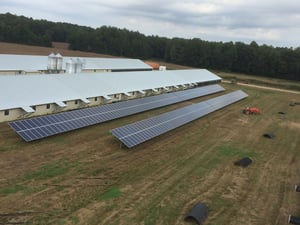
Some solar owners use grazing animals, like goats and sheep, to keep weeds and grasses at bay around their solar panels. However, it’s important to consider that animals can damage the solar panels and chew on the electrical wires, which could wreak havoc on your solar system.
The standard 2-foot clearance below the panels would only leave room for small livestock and poultry to safely wander amongst the panels. The panels could be raised to four feet to more safely accommodate others.
Internet Costs for System Monitoring
Monitoring the production of your solar system isn’t only fun and interesting, but it’s practical. In addition to seeing all the cost-free and emission-free electricity you’re generating in real-time, you can also more easily pinpoint potential issues. In order to monitor your system, however, it must be connected to a reliable internet source.
With Paradise Energy, ten years of system monitoring comes with our Triple Ten Guarantee. This is so we can back up our production guarantee by making sure your system is producing all the electricity that we promised you it would.
So we can remotely monitor the system through the monitoring software, your system needs to be located on a site with internet access. If there isn’t already internet on-site, you’ll have to install and maintain that connection in order to take advantage of our Triple Ten Guarantee. Paradise Energy Solutions does offer cost-effective internet solutions specifically for solar systems.
This internet subscription can potentially add a smaller, but recurring, expense (expect $50 to $100+). However, if you already have the internet at the property, it shouldn’t have an impact on you.
Bonus: Here’s a great guide to help you select the best internet speed for your needs.
Unavoidable Charges from Utility Companies
One of the most attractive benefits of going solar is getting rid of that monthly electric bill. But this isn’t 100% the case. With solar, you won’t really be eliminating your electric bill – but you can potentially reduce it down to just a few dollars each month.
Your solar system will be producing electricity that doesn’t cost you a dime. You get to use that free electricity to power your home, business, or farm. However, there’s more to your electric bill than just what you pay for each kilowatt-hour of power you use. Unfortunately, some of these charges won’t go away when you get solar energy.
While the name and amount of these charges may vary from utility to utility, they’re going to be the charges on your electric bill that aren’t associated with a certain number per kilowatt-hour used. These are often called things like the customer service fee, delivery fee, or demand fees in the case of large commercial or industrial locations.
All utility customers have to pay these small fees regardless of how much or how little electricity they use. They are, however, a very small part of a typical electric bill, and may only end up costing you a few dollars each month. Click here to see what your electric bill will look like after going solar.
Your bill could be a little higher if you’re using more electricity than your solar system produces. Depending on your initial goals for the project, you may want to cover 100% of your electricity usage, or you may set out just to cover a portion of your usage.
Either way, if you use more electricity than your grid-tied solar system produces, you’ll be supplementing with grid-generated electricity. You’ll be charged for any electricity you use from the grid by your utility.
Don’t worry, if you produce more electricity than you use, your utility company will compensate you for it.
The Hidden Costs of Solar
While insurance, maintenance, internet fees, and the unavoidable charges on electric bills can add costs to your solar investment, many still save thousands each year.
These hidden costs are important to know and plan for, but they shouldn’t stop you from considering going solar. Most solar installers should factor these costs, like insurance and utility charges into the payback and ROI in your personalized solar quote, so you’ll get a good idea of how these hidden costs will impact your investment. If they aren’t included, make sure to ask.
